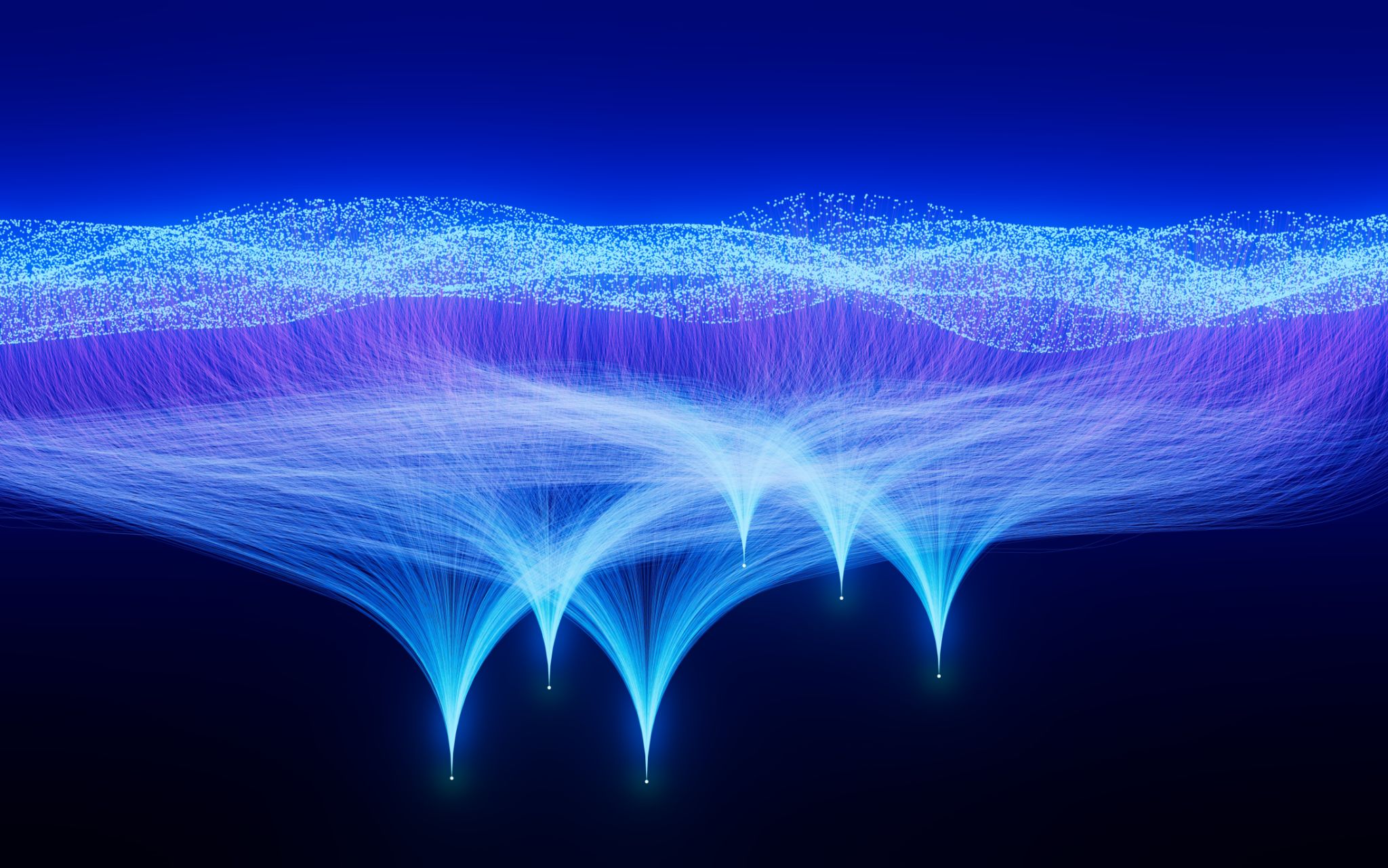A Comprehensive Guide to Deep Learning: From Basics to Advanced Concepts
Introduction to Deep Learning
Deep learning, a subset of machine learning, has revolutionized the way we approach various computational tasks. It involves training artificial neural networks with multiple layers to perform complex tasks with high accuracy. This guide aims to take you through the basics of deep learning, gradually progressing to more advanced concepts.

Understanding Neural Networks
At the heart of deep learning are neural networks, which are inspired by the human brain. These networks consist of interconnected nodes, or neurons, organized into layers. The primary components include the input layer, hidden layers, and the output layer. Each neuron receives input, processes it, and passes it to the next layer.
The power of deep learning lies in its ability to automatically extract features from raw data. This is achieved through a process called backpropagation, which adjusts the weights of connections in the network based on the error rate obtained in the previous pass.
Key Concepts in Deep Learning
Several key concepts form the foundation of deep learning:
- Activation Functions: These functions determine the output of a neural network. Common activation functions include ReLU, Sigmoid, and Tanh.
- Loss Functions: These quantify how well the model is performing. Examples include Mean Squared Error and Cross-Entropy Loss.
- Optimization Algorithms: These algorithms, like Gradient Descent and Adam, are used to minimize the loss function.

Diving into Convolutional Neural Networks (CNNs)
Convolutional Neural Networks are specialized for processing data with grid-like topology, such as images. They use convolutional layers to automatically detect patterns and features within images, making them highly effective for image classification and recognition tasks.
CNNs work by applying filters over the input data, capturing spatial hierarchies. The pooling layers then reduce the dimensionality of data, retaining essential features while minimizing computational cost.
The Role of Recurrent Neural Networks (RNNs)
Recurrent Neural Networks are designed to recognize patterns in sequences of data. They are particularly useful for tasks involving time-series data, such as language modeling and speech recognition. RNNs maintain a memory of previous inputs by using loops in their architecture.
However, RNNs face challenges with long-term dependencies due to vanishing gradient problems. Long Short-Term Memory (LSTM) networks and Gated Recurrent Units (GRUs) are extensions of RNNs that address these issues by maintaining more extended memory capabilities.

Advanced Techniques and Applications
As you delve deeper into deep learning, you'll encounter advanced techniques such as Transfer Learning, which involves using pre-trained models for new tasks, and Generative Adversarial Networks (GANs), which generate new data samples similar to a given dataset.
Deep learning is applied across various domains from autonomous vehicles and healthcare to finance and entertainment. Its ability to process vast amounts of data and learn complex patterns makes it invaluable in today's data-driven world.
Challenges and Future Directions
Despite its success, deep learning faces several challenges, including the need for large amounts of labeled data, computational power requirements, and interpretability issues. Researchers are actively working on solutions such as unsupervised learning methods and more efficient algorithms.

The future of deep learning is promising, with ongoing advancements leading to more efficient models and novel applications. As technology evolves, deep learning will continue to play a crucial role in shaping industries and improving everyday life.